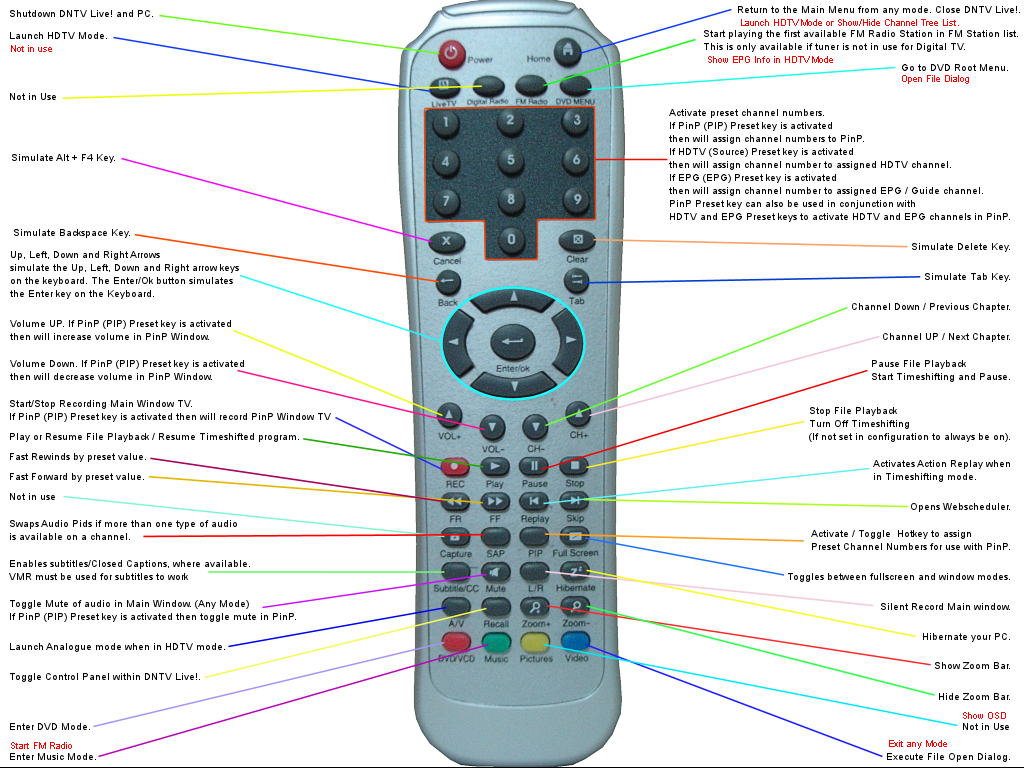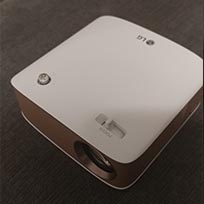HICK’S LAW
Hick’s Law describes the relationship between response time and the number of choices available. This principle states that the more choices available the longer it will take the user to decide. It best relates to situations where there are a set of available responses to a specific event. An event happens, it takes the user (a) amount of time to decide what the event means and that they need or want to act. They are presented with (n) number of possible options to take in response to the event. This relationship only applies to simple decision making and not complex interactions, such as requiring analysis or extensive reading. In order to ensure that this principle is used correctly, avoid using it for situations where complex decision making processes are required (Lidwell).
Hick’s Law doesn’t speak to how complexity is hidden away. It looks at the relationship between the number of options available and the response time to make a decision. This is assuming that one of the options available is relevant to the current situation(Lidwell).
Hick’s Law can be represented as the following equation:
RT = a + b log2(n) (Lidwell)
Where:
RT = response time
a = time not related to decision making
b = constant (.155 seconds)
n = equally probable alternatives (Lidwell)
Example of the principle cited by original sources
“The time for a person to press the correct button (R,G, or B) depending on the color of the light (red, green, or blue) increases with the number of possible colors” (Lidwell).

Example of the principle not cited by original sources and located online
One application of Hick’s Law is in remote controls. Numerous buttons, many that were never used by users plague these remotes. Response times for these devices would be much slower than newer alternatives. New remotes for Roku devices and Apple TVs have far fewer buttons, thus increasing response time.

Example of the principle not cited by original sources and not located online
Consider two different household projectors, one with two controls (LG) and one with ten (Optima). The LG projector has a single power button and a control for focus. The Optima projector has eight buttons, and two different adjustment controls. The user decides they want to turn on the projector. The decision-making process does not require any deep analysis or heavy reading, so Hick’s Law is applicable. The black projector has simply more buttons, and thus increases user response time.


References:
Lidwell, William, et al. Universal Principles of Design. 2010. Accessed 2018.
Nikolov, Anton. Design principle: Hick’s Law — quick decision making. 2017, uxplanet.org/design-principles-hicks-law-quick-decision-making-3dcc1b1a0632. Accessed 14 Oct. 2018.
